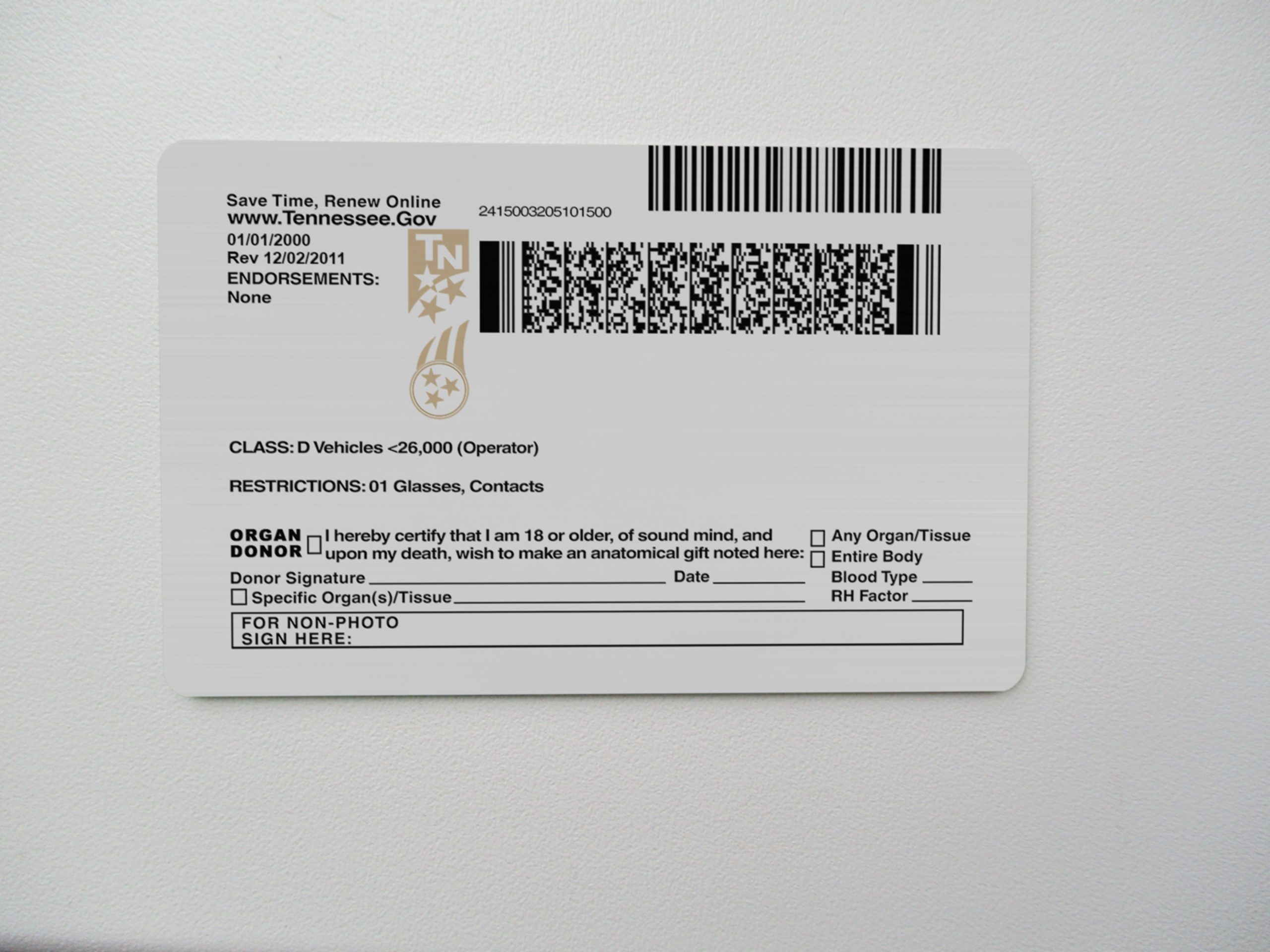

Besides ease and speed, bar codes’ major business benefits include accuracy, inventory control and cost savings.
 Barcodes encode product information into bars and alphanumeric characters, making it much faster and easier to ring up items at a store or track inventory in a warehouse. In each case, they identify a product or person and encode important details. Today, barcodes are found on not only household items that come from supermarkets or retail stores, but licenses, rental cars, checked luggage and hospital bands. Computers linked to scanners can read these codes and use the exact combination of bars, spaces and numbers to retrieve the data for that product. What Is a Barcode?Īt a basic level, a barcode is a square or rectangle with a combination of vertical black lines of varying thickness and height, white space and numbers that together identify specific products and their relevant information. This technology has proven critical to the success of many businesses-yet few companies think about whether they’re maximizing the humble barcode. Since their invention 70-plus years ago, barcodes have turned into an essential tool for businesses to make their inventory control and sales operations more efficient and track products as they move through the supply chain. Barcodes have become so omnipresent that they often go unnoticed, and consumers are so familiar with them that they know how to scan them to check themselves out at the grocery store.
Barcodes encode product information into bars and alphanumeric characters, making it much faster and easier to ring up items at a store or track inventory in a warehouse. In each case, they identify a product or person and encode important details. Today, barcodes are found on not only household items that come from supermarkets or retail stores, but licenses, rental cars, checked luggage and hospital bands. Computers linked to scanners can read these codes and use the exact combination of bars, spaces and numbers to retrieve the data for that product. What Is a Barcode?Īt a basic level, a barcode is a square or rectangle with a combination of vertical black lines of varying thickness and height, white space and numbers that together identify specific products and their relevant information. This technology has proven critical to the success of many businesses-yet few companies think about whether they’re maximizing the humble barcode. Since their invention 70-plus years ago, barcodes have turned into an essential tool for businesses to make their inventory control and sales operations more efficient and track products as they move through the supply chain. Barcodes have become so omnipresent that they often go unnoticed, and consumers are so familiar with them that they know how to scan them to check themselves out at the grocery store. 
They’re in your kitchen cabinets, on your bathroom counter and stacked on your bookshelf. East, Nordics and Other Regions (opens in new tab)īarcodes are everywhere.







 0 kommentar(er)
0 kommentar(er)
